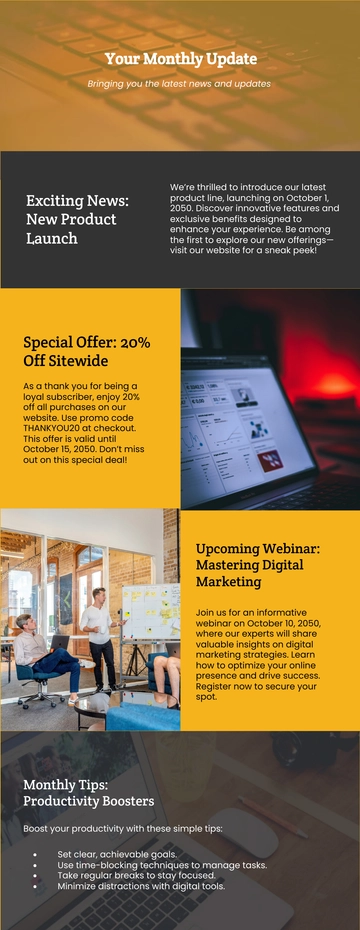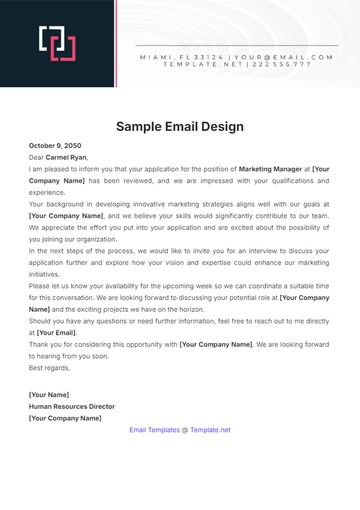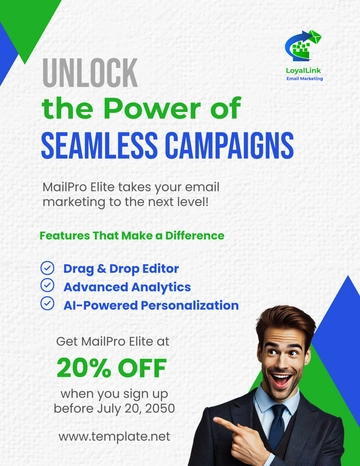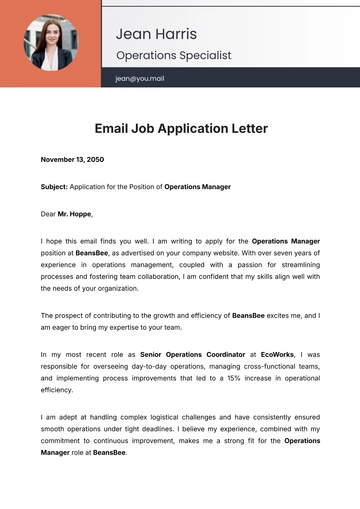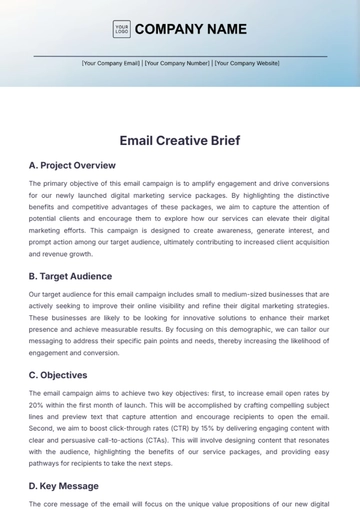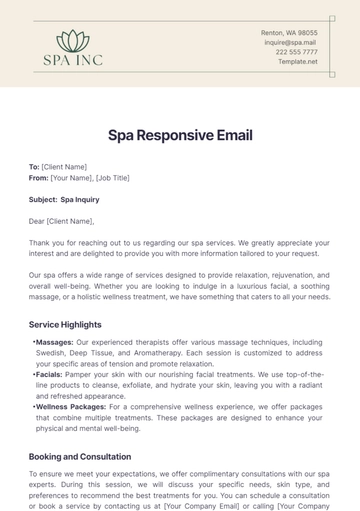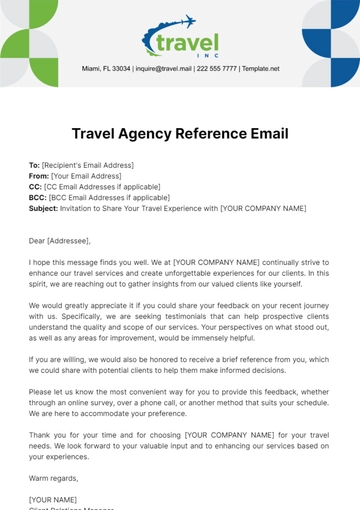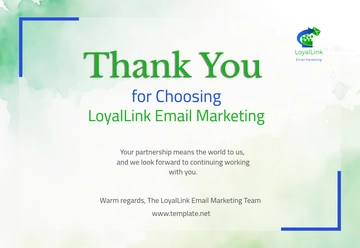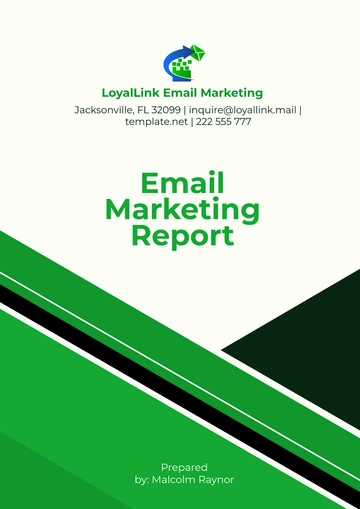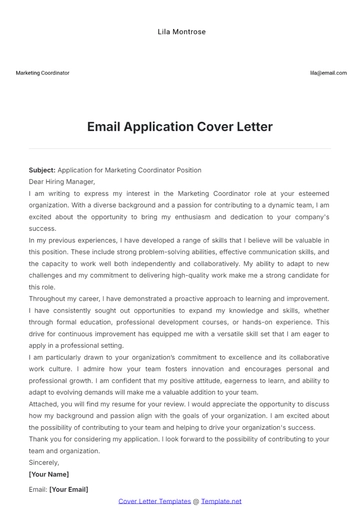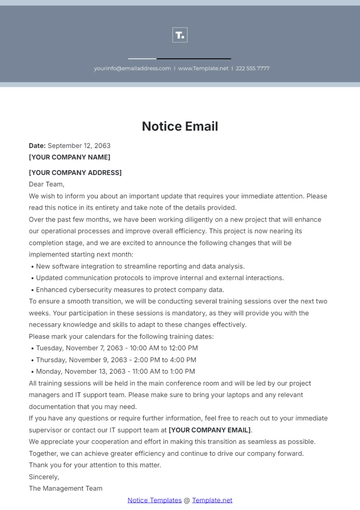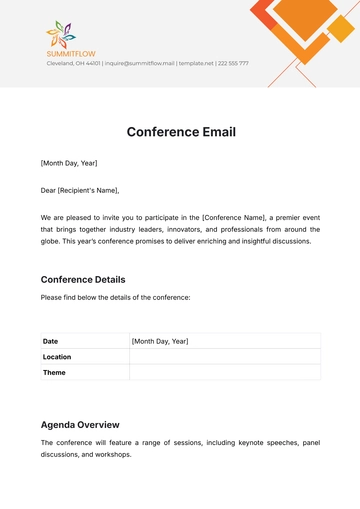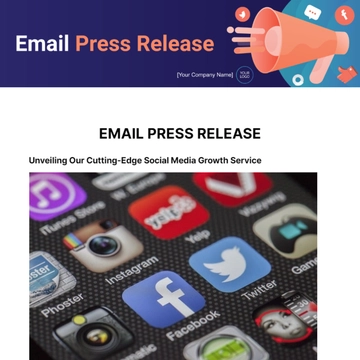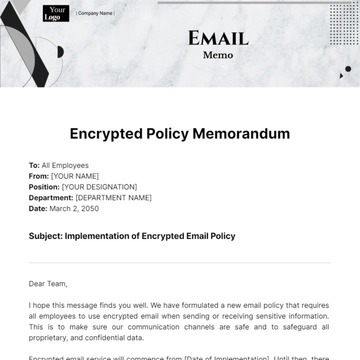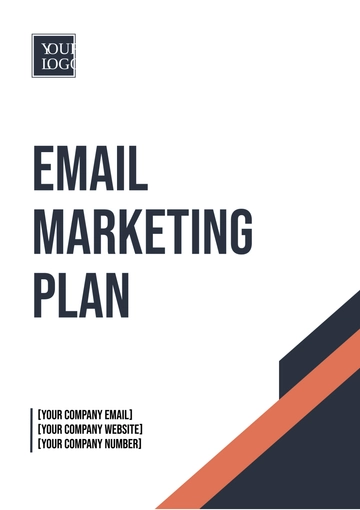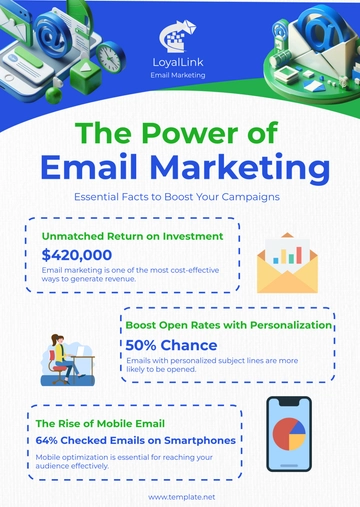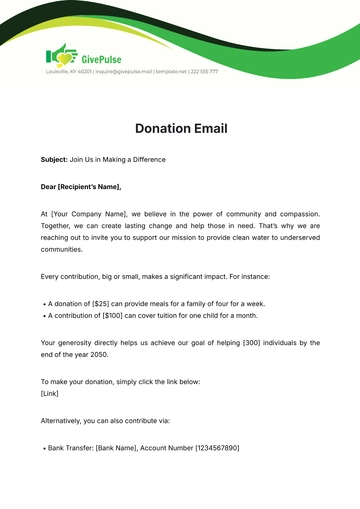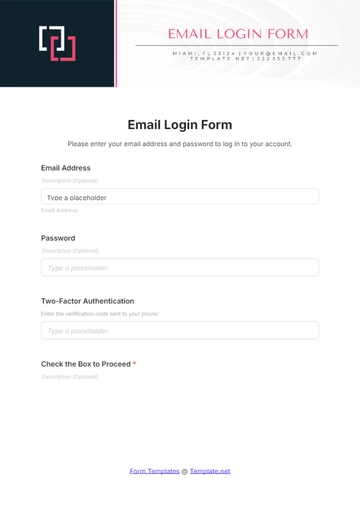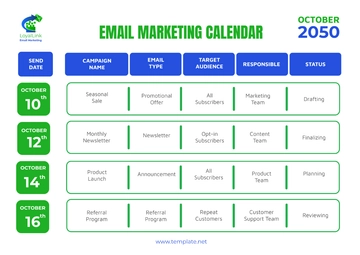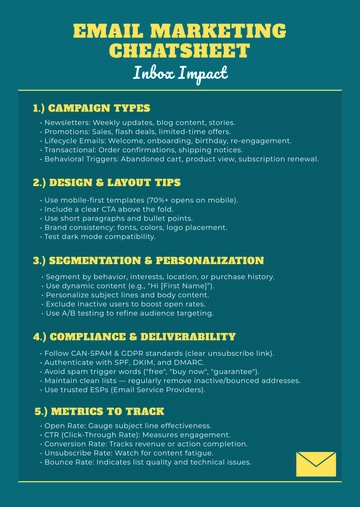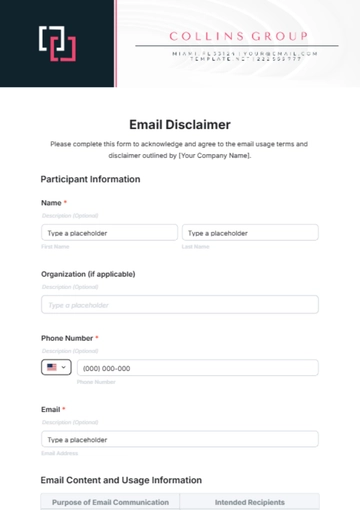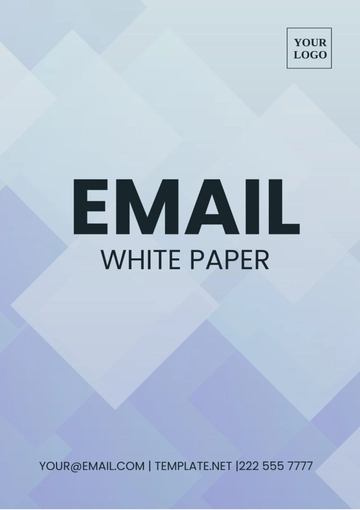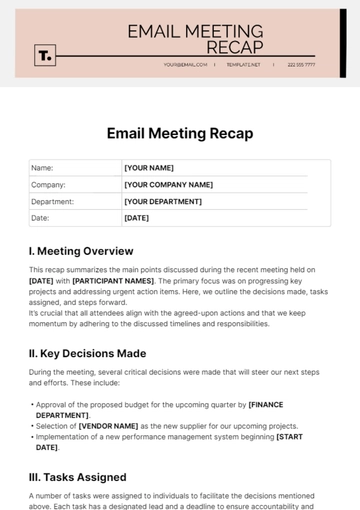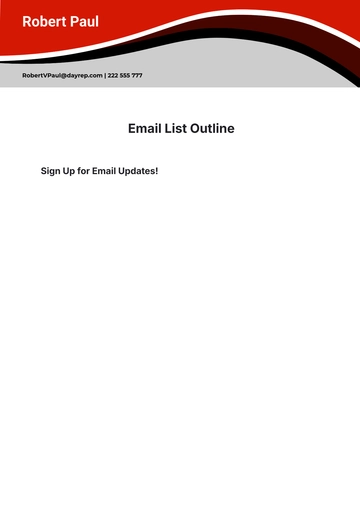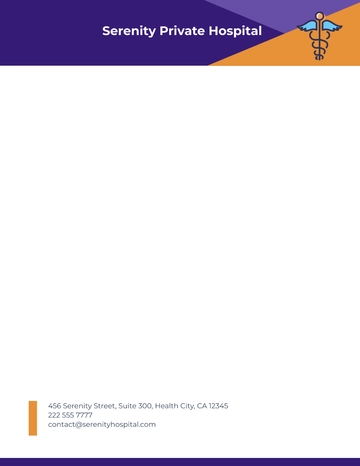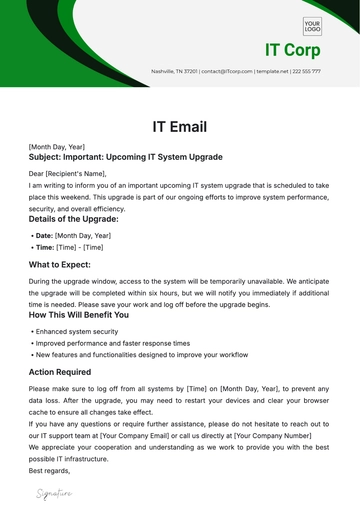Free Email Marketing Case Study: Successful Email Campaigns
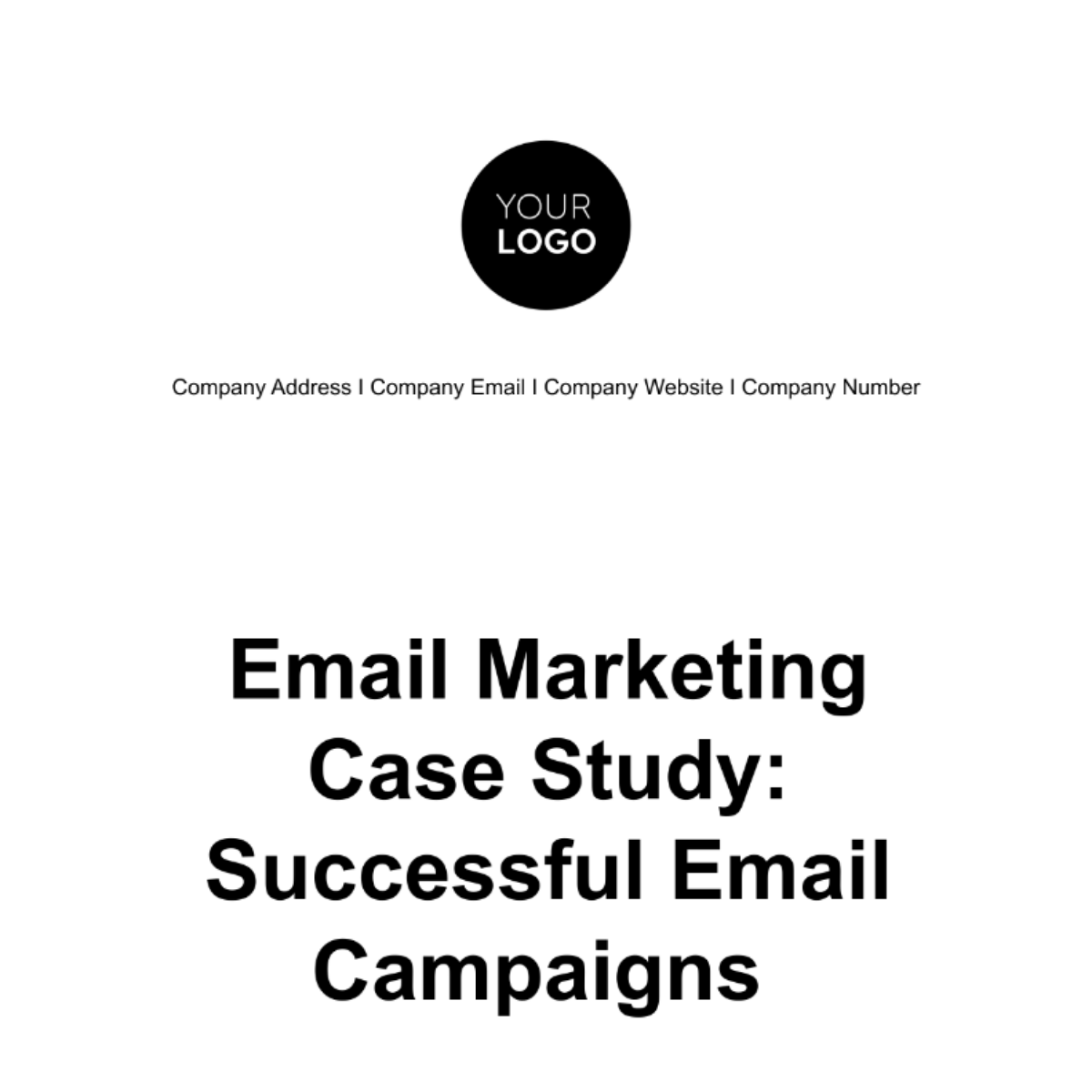
Introduction
Email marketing has long been a cornerstone of our digital marketing strategy, and for good reason. In today's fast-paced digital landscape, where competition for attention is fierce, email remains a reliable and effective channel for connecting with our audience, nurturing relationships, and driving conversions. This case study delves into a selection of our most successful email campaigns, demonstrating the profound impact of well-crafted email marketing strategies.
The primary objective of this case study is to showcase the substantial return on investment (ROI) that email marketing has consistently delivered for our organization. By examining these successful email campaigns, we aim to unearth the key elements and strategies that have led to our achievements, providing valuable insights and lessons for future endeavors.
In a world where consumers are inundated with marketing messages, we've not only managed to capture their attention but also to engage them, build trust, and inspire action. We've effectively harnessed the power of segmentation, personalization, compelling content, and strategic timing to create email campaigns that resonate with our diverse audience, whether they are loyal customers, recent leads, or potential prospects.
The campaigns highlighted in this case study represent diverse marketing objectives, from product launches and customer retention to event promotion and holiday season sales. Each campaign showcases how a tailored approach to email marketing, aligned with specific objectives, has resulted in exceptional outcomes, from increased sales and customer engagement to an exponential boost in event attendance and networking success.
As we explore each campaign in detail, we'll dissect the strategies employed, the audience segments targeted, and the quantifiable results achieved. These case studies will not only underscore the effectiveness of email marketing but also serve as a testament to the skill and dedication of our marketing team in crafting and executing these successful email campaigns.
In an ever-evolving digital landscape, the ability to consistently adapt, innovate, and deliver meaningful content remains paramount. This case study underscores the enduring value of email marketing as a versatile and potent tool in our marketing toolkit. It is our hope that the insights gathered from these campaigns will inspire and inform our ongoing efforts to connect, engage, and convert our audience through the power of email.
Campaign 1: Product Launch Campaign
Objective: Launch a new product to existing customers and generate immediate sales.
Strategy:
The Product Launch Campaign marked a significant milestone in our marketing journey as we introduced a groundbreaking product to our existing customer base. The core objective was to create a buzz, generate excitement, and, most importantly, drive sales from the moment the product was launched.
Segmentation: To ensure our efforts were targeted and efficient, we meticulously segmented our existing customer database. This segmentation took into account previous purchase history, product preferences, and the recency of interactions with our brand. By doing so, we were able to present each customer with a tailored message that spoke directly to their potential interest in the new product.
Compelling Content: Crafting the perfect email content was paramount to the success of this campaign. We focused on creating an email that not only informed but also inspired action. The email highlighted the unique features of the new product, addressed potential pain points it would solve, and conveyed the sense of innovation it brought to the market. It was crafted with persuasive and engaging language to captivate the reader from the very first sentence.
Personalization: Personalization was a key aspect of our strategy. We used the recipient's names in the subject line and throughout the email to create a sense of one-on-one interaction. Additionally, we incorporated their previous purchase history into the content, suggesting that this new product was a logical and exciting next step in their journey with us.
Strategic Timing: We meticulously timed the email launch to coincide with the product's official release. This ensured that the excitement generated in the email was immediately translatable into action, with customers being able to purchase the product without delay.
Results:
The Product Launch Campaign exceeded our expectations on multiple fronts:
Open Rate: The email boasted an impressive open rate of 30%, indicating that our customers were eagerly anticipating news of the new product.
Click-Through Rate: Equally noteworthy was the 20% click-through rate, revealing that a significant portion of our audience not only opened the email but also engaged further by clicking through to the product page.
Conversion Rate: The true measure of success was the conversion rate, which stood at a remarkable 15%. This meant that 15% of those who clicked through the email proceeded to make a purchase, resulting in immediate revenue generation.
Revenue Generated: Within the first week of the campaign, we had already generated $100,000 in revenue from the sales of the new product. This significant boost in sales validated the effectiveness of our campaign and confirmed that our approach to launching the product was well-founded.
Lessons Learned:
The success of the Product Launch Campaign reaffirmed the importance of targeted segmentation and personalization in email marketing. By understanding our customers and tailoring our message to their specific needs and preferences, we were able to generate immediate interest and drive sales. The results underscored the importance of crafting compelling content that not only informs but also inspires action, and the power of strategic timing in capitalizing on the enthusiasm generated by the email.
As we move forward, we will continue to leverage these insights and best practices to replicate the success of this campaign and ensure that our product launches are met with enthusiasm and swift conversion.
Campaign 2: Customer Retention Campaign
Objective: Increase customer retention and encourage repeat purchases.
Strategy:
Customer retention is a fundamental aspect of our business strategy. To achieve this objective, we designed a Customer Retention Campaign that not only aimed to keep existing customers engaged but also encourage repeat purchases and long-term loyalty.
Segmentation: We began by segmenting our customer database to identify those who hadn't made a purchase in the last three months. This segmentation allowed us to pinpoint a group of customers who might be at risk of churning and were in need of a re-engagement strategy.
Re-engagement: Our approach to re-engaging these customers was multifaceted. We initiated a series of re-engagement emails, each strategically timed to rekindle their interest. These emails featured incentives such as exclusive discounts, early access to sales, and special offers. The messaging was carefully crafted to convey that we value their continued patronage and were keen to reward their loyalty.
Timing: Recognizing that timing is crucial in customer retention, we scheduled these re-engagement emails at opportune moments, such as before major shopping seasons, holidays, and special occasions. This ensured that the customers were exposed to our offers when they were most likely to make a purchase.
Consistency: To maintain consistency and keep our brand top of mind, we maintained regular communication with this segment through a well-balanced email cadence. This consistent communication helped us stay relevant and establish a connection with these customers even when they weren't actively making purchases.
Results:
The results of the Customer Retention Campaign were significant, showcasing the power of re-engagement and strategic email marketing:
Re-engagement Rate: A remarkable 40% of the targeted customers responded positively to our re-engagement emails. This demonstrated that a substantial portion of previously disengaged customers were willing to rekindle their connection with our brand.
Repeat Purchase Rate: Of those who re-engaged, 25% made repeat purchases, further validating the success of our approach. These customers returned to our brand and made additional purchases they might not have otherwise considered.
Revenue Boost: The campaign resulted in an additional $75,000 in revenue from the re-engaged customers. This substantial boost in revenue showcased the potential that lies in retaining and nurturing existing customers.
Lessons Learned:
The success of the Customer Retention Campaign underscored the importance of actively maintaining and nurturing customer relationships. It demonstrated that well-timed and targeted re-engagement efforts, accompanied by attractive incentives, can effectively revive and retain customers who might otherwise have been lost.
This campaign reinforced the significance of consistent communication and strategic timing in email marketing. By keeping our brand top of mind and providing incentives when customers were most likely to make purchases, we were able to drive repeat business and foster customer loyalty.
As we look to the future, these lessons learned will be pivotal in our continued efforts to not only acquire new customers but also to nurture and retain our existing customer base, ensuring sustainable growth and success for our organization.
Campaign 3: Event Promotion Campaign
Objective: Promote a company-hosted industry event and boost attendance.
Strategy
The Event Promotion Campaign was a critical endeavor for our organization as we aimed to promote a company-hosted industry event. Our primary goal was not only to increase attendance but also to foster engagement, create anticipation, and ensure the event was a resounding success.
Segmentation: Our approach began with meticulous segmentation. We targeted industry professionals who were not only relevant to the event but also those who had previously attended similar events. By identifying this audience, we ensured that our efforts were focused on individuals most likely to be interested in and benefit from the event.
Teaser Emails: We recognized the importance of building excitement and anticipation. To achieve this, we initiated a series of teaser emails that provided sneak peeks into what attendees could expect. These emails highlighted key speakers, workshop topics, and unique aspects of the event. We carefully curated content that piqued the interest of the recipients, leaving them eager to learn more.
Follow-Up Sequence: In the weeks leading up to the event, we maintained engagement through a sequence of follow-up emails. These included reminders about key dates, details about logistics, and countdown emails to create a sense of urgency. By keeping attendees informed and engaged, we ensured a smooth experience before the event.
Personalization: The strategy included personalization to create a sense of connection. In these emails, we used recipients' names and acknowledged their previous event attendance if applicable. This added a personal touch and reinforced the sense of community among event attendees.
Engagement Opportunities: Recognizing that networking and engagement are key factors in event success, we strategically included opportunities for attendees to engage even before the event. We encouraged discussions on event-related topics, introduced networking platforms, and provided forums for questions and conversations.
Results
The results of the Event Promotion Campaign were nothing short of exceptional:
Registration Rate: The campaign led to a remarkable 35% registration rate, indicating that our audience was genuinely interested in the event. This high level of interest translated into a strong attendee base.
Event Attendance: The most striking outcome was the 500% increase in event attendance compared to the previous year. This exponential growth highlighted the effectiveness of our event promotion efforts in driving participation.
Networking Success: Beyond attendance numbers, the success of the event was measured by the high attendee satisfaction and networking opportunities provided. Attendees found value in the content, the connections they made, and the overall experience.
Lessons Learned
The success of the Event Promotion Campaign underscores the importance of creating anticipation and engagement around an event. Teaser emails and follow-up sequences are invaluable tools in building excitement and maintaining interest leading up to the event.
Personalization and engagement opportunities are pivotal in fostering a sense of community and ensuring that attendees feel valued and connected even before the event begins. These elements play a significant role in driving attendance and satisfaction.
The results of this campaign emphasize that the success of an event goes beyond registration numbers; it's about creating an enriching and engaging experience that leaves a lasting impression. The lessons learned from this campaign will guide our future event promotion efforts, ensuring that our events are well-attended, successful, and memorable.
Campaign 4: Holiday Season Campaign
Objective
Objective: Boost holiday season sales and foster goodwill with our customers.
Strategy
Segmentation: Targeted past holiday shoppers and loyal customers.
Festive Content: Sent holiday-themed emails with special offers and heartwarming messages.
Gift Guides: Included gift guides to simplify shopping for our customers.
Results
Holiday Sales Increase: 45% year-over-year.
Positive Feedback: High customer satisfaction and appreciation for the festive emails.
Conclusion
The Email Marketing Case Study: Successful Email Campaigns underscores the enduring impact and effectiveness of email marketing in our digital marketing strategy. Through a selection of diverse and well-executed campaigns, we've highlighted the profound influence of this channel in achieving a range of marketing objectives, from product launches and customer retention to event promotion and holiday season sales. As we conclude, several key takeaways emerge, reinforcing the vital role that email marketing plays in our overall success.
1. Targeted Segmentation and Personalization: The case study emphasizes the significance of understanding our audience and segmenting our customer base effectively. By tailoring messages to address specific needs, preferences, and behaviors, we create a connection that resonates. Personalization, including the use of recipients' names and previous interactions, adds an extra layer of relevance and engagement.
2. Compelling Content: Crafting compelling and engaging email content is paramount. Each campaign featured content that not only informed but also inspired action. The power of storytelling, persuasive language, and a clear value proposition within email content is evident. A well-crafted email can captivate the reader and drive them to take the desired action.
3. Strategic Timing: The success of these campaigns is also a testament to the importance of strategic timing. By scheduling emails to coincide with key events, product launches, holidays, and shopping seasons, we harnessed the enthusiasm generated by the emails, translating it into immediate action.
4. Consistency: Maintaining consistent communication through email is vital to keep our brand top of mind. Whether it's a regular posting schedule or a series of re-engagement emails, staying in touch with our audience ensures that we remain relevant and connected even during periods of inactivity.
5. Results-Driven Approach: The results achieved in each campaign reinforce the value of a results-driven approach to email marketing. Open rates, click-through rates, conversion rates, and revenue generated are key metrics that validate the success of our strategies.
As we move forward, these valuable insights and lessons learned from these successful email campaigns will continue to guide our efforts. Our organization is committed to replicating the success of these campaigns and ensuring that our email marketing initiatives remain a driving force in achieving our marketing objectives.
Our commitment to innovation and adaptability in the ever-evolving digital landscape is unwavering. The case study demonstrates that email marketing is not only enduring but also adaptable and potent when executed with precision and creativity.
In conclusion, the Email Marketing Case Study reveals that email remains a potent tool in our marketing arsenal, fostering connections, driving engagement, retaining customers, and generating revenue. By leveraging the lessons learned and best practices outlined here, we are poised for continued growth and success in our marketing journey.
Case Study Date: October 12, 2050
Prepared by: [Your Name]
- 100% Customizable, free editor
- Access 1 Million+ Templates, photo’s & graphics
- Download or share as a template
- Click and replace photos, graphics, text, backgrounds
- Resize, crop, AI write & more
- Access advanced editor
Unlock the potential of your email marketing strategy with our Email Marketing Case Study: Successful Email Campaigns Template, available on Template.net. Crafted by industry experts, this editable and customizable template empowers you to leverage data-driven insights to create impactful campaigns using our intuitive Ai Editor Tool. Elevate your marketing game today!

